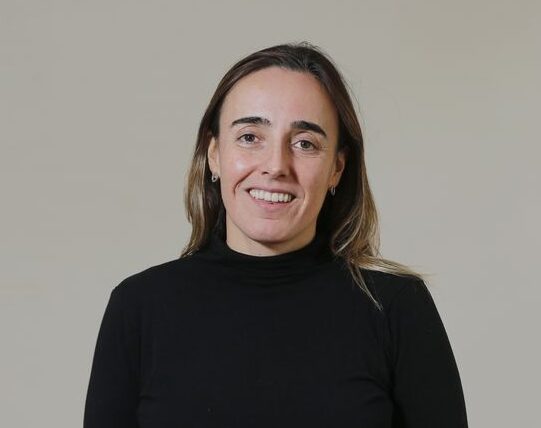
Paula Aguirre
Especialidad:
Ingeniería Matemática y Computacional
Email:
paaguirr@ing.puc.cl
Paula es profesora asistente adjunta en Ingeniería Matemática y Computacional en la Pontificia Universidad Católica de Chile. Además de Cenia, participa en el Centro Nacional de Investigación para la Gestión Integrada de Desastres Naturales (CIGIDEN) y en el Instituto de Ingeniería Matemática y Computacional (IMC UC).
PUBLICACIONES
Publisher: Natural Hazards and Earth System Sciences Link>
ABSTRACT
Wildland–urban interface (WUI) regions are particularly vulnerable to wildfires due to their proximity to both nature and urban developments, posing significant risks to lives and property. To enhance our understanding of the risk profiles in WUI areas, we analysed seven fire case studies in central Chile. We developed a mixed-method approach for conducting local-scale analyses, which involved field surveys, remote-sensing through satellite and drone imagery, and GIS-based analysis of the collected data. The methodology led to the generation of a georeferenced dataset of damaged and undamaged dwellings, including 16 variables representing their physical characteristics, spatial arrangement, and the availability of fire suppression resources. A binary classification model was then used to assess the relative importance of these attributes as indicators of vulnerability. The analysis revealed that spatial arrangement factors have a greater impact on damage prediction than the structural conditions and fire preparedness of individual units. Specifically, factors such as dwelling proximity to neighbours, distance to vegetation, proximity to the border of dwelling groups, and distance from the origin of the fire substantially contribute to the prediction of fire damage. Other structural attributes associated with less affluent homes may also increase the likelihood of damage, although further data are required for confirmation. This study provides insights for the design, planning, and governance of WUI areas in Chile, aiding the development of risk mitigation strategies for both built structures and the broader territorial area.

Edificio de Innovación UC, Piso 2
Vicuña Mackenna 4860
Macul, Chile
Vicuña Mackenna 4860
Macul, Chile



